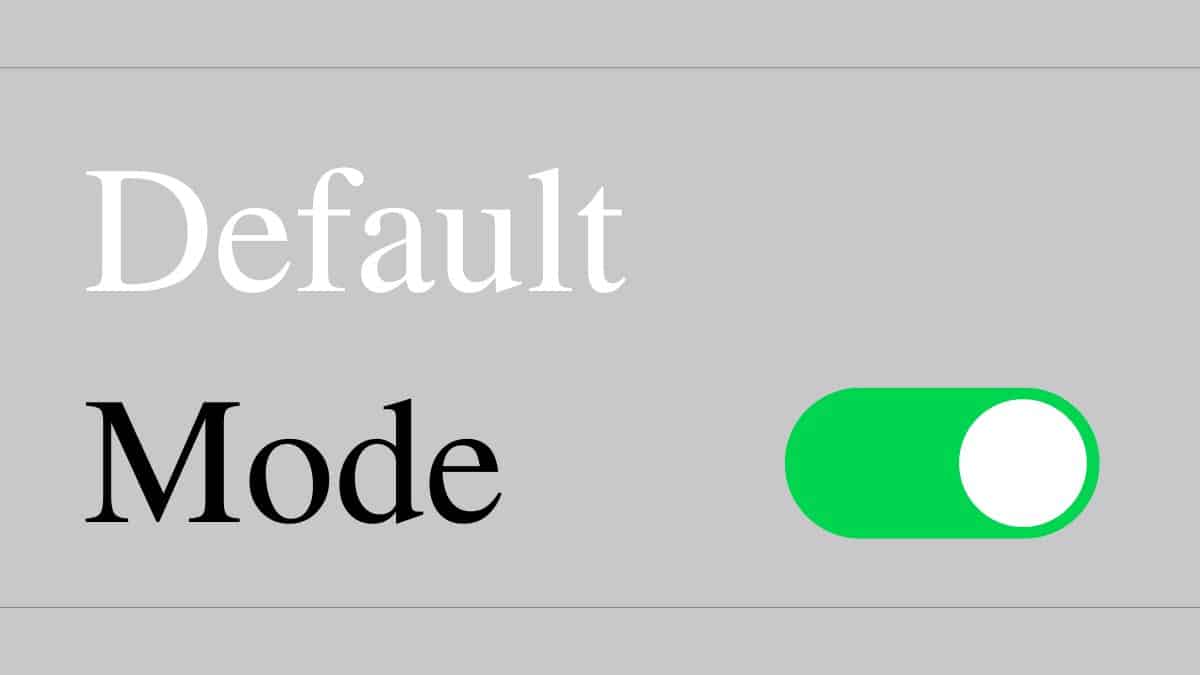Without even realizing it, much of our decision making, financial planning, and life in general is run by one thing: default mode.
When starting a new job, you have to fill out what seems like a mountain of paperwork.
If your new company has a 401(k) plan, then deciding if you will invest a percentage of your paycheck is one of the many choices you’ll have to make, as well as where to deposit your paychecks to, and how much to withhold.
Having been through a few acquisitions, I had to go through this process numerous times.
Not once was I auto-enrolled into any 401(k) plan. The default mode for many plans is voluntary enrollment.
Thankfully, I took full advantage and was able to build a sizable 401(k) in just 5 years.
Yet, the sad truth is that most employees don’t enroll in their 401(k) plans.
According to a Vanguard study in February of 2021, only 28% enrolled in their 401(k) plan under voluntary enrollment.
I can confirm this tracks with the information provided to me by the HR department when I was still running my brand.
The majority of people accept whatever default is presented to them.
Why Default Mode Matters
Default mode matters.
Whether it is a default presented to you in your favorite app, the on-boarding for a new job, or in every day life. We accept the default.
What administrators, app developers, or healthcare providers choose for our defaults can make a huge difference.
So let’s look at the Vanguard study again – what happens when the defaults are switched from voluntary (opt-in) to auto-enrollment (opt-out)?
Among new hires, participation rates triple to 91% under automatic enrollment, compared
with 28% under voluntary enrollment
Automatic enrollment: the power of the default – Jeffrey W. Clark and Jean A. Young via Vanguard Research
I mean that one statistic is mind boggling!
Mind blowing.
Insane!
If we changed the default on 401(k) plans from voluntary to auto-enrollment, we would see a dramatic difference in the number people investing and building a secure financial future.
Now the good news is that according to SHRM, the Society for Human Resource Management, “51 percent of respondents automatically enroll new or existing employees into a 401(k)-type plan, up from 39 percent in 2018.”
This is great news!
That means that 51% of employers have already made auto-enrollment the default.
It seems the tides are changing.
Enter SECURE Act 2.0
On top of any momentum coming from employers themselves, the U.S. House of Representatives has already passed the SECURE Act 2.0, and the Senate is now considering a companion bill.
A big part of this legislation is that auto-enrollment will now be mandatory for any new retirement plans setup by employers with starting contributions at 3%.
There will also be automatic escalation of contributions increasing annually by 1% per year up until 10%.
This bill has bipartisan support, and it seems that it is likely to pass after mid-term elections.
If it does pass, the long-term change would be hugely impactful for Americans.
No big change comes without potential issues, but the benefits of moving 401(k) enrollment from 28% to 91% is so large that the pros clearly would outweigh any cons by a large margin.
Default Mode: What Else Can We Change?
All of this makes me think about other potential “default mode” changes that we can all make to our lives.
There is so much that we simply accept as the default, when a simple toggle could make a huge impact on our lives.
One example could be our use of smartphones…a year ago, I was so frustrated with my phone usage, that I decided to lock it in a safe for 24 hours to break my bad habits.
But locking a phone in a safe is not a long term solution.
Changing the default would be the equivalent of ditching your smartphone and downgrading to a dumbphone, which Amanda highly recommends.
Another could be moving to digital minimalism and quitting social media, like Cal Newport.
Making a default mode change like this would help to remove distractions and focus more on what really matters.
And I’m not sure that I am ready to make either of those moves (I do love my smartphone and Twitter).
But there are many more examples of defaults that each and every one of us should examine in our lives:
- Our diet (eating meat, eating out too much, fast food, etc.)
- Our fitness (how you workout – biking, walking, golfing, hiking, etc.)
- Our relationships (cuddles on the couch, weekly date nights, etc.)
- Our finances (enrolling in 401(k), automatic contributions to IRAs, automatic saving, etc.)
- Our phones (smartphone vs dumbphone)
- Our apps (social media, news, games)
- Our email (do have a system to manage it?)
- And more!
As you can see the potential opportunities to change the default mode, can make a huge difference in our lives.
Creating a New Default
None of us should try to tackle too many big changes at once.
But perhaps there is ONE thing that you have been thinking about, or can easily toggle the default on to make a big change.
Is there something that you can change your default on right now?
Think about it…and get back to me.


YEs, this is awesome! Imagine the flow of capital if you go from 28% to 91% of people opting in. This helps everyone, not just the 63% who are now defaulted into a 401 k plan, but everyone else who has investments too. Now, some of those may opt out, but the lions share wont.